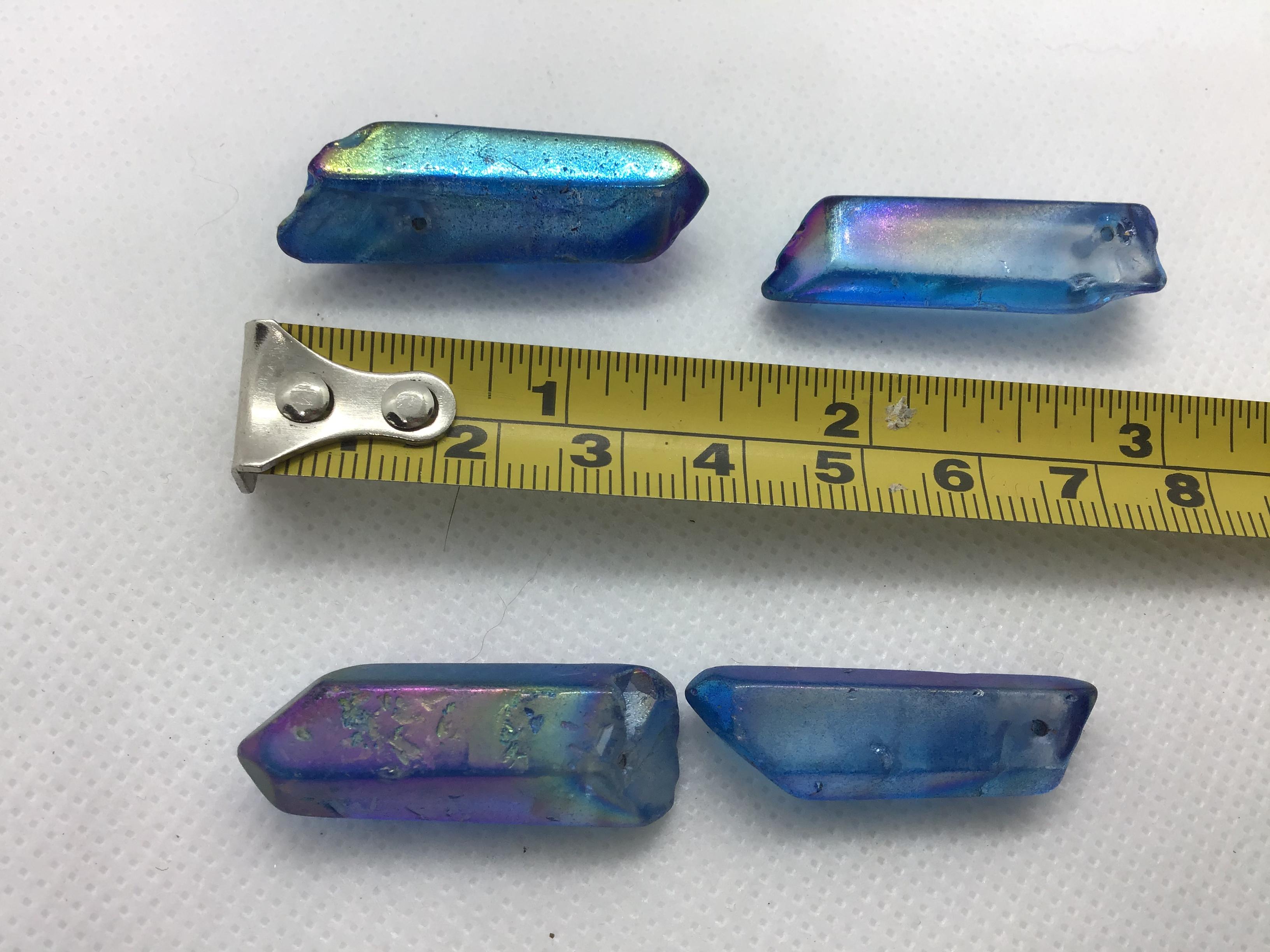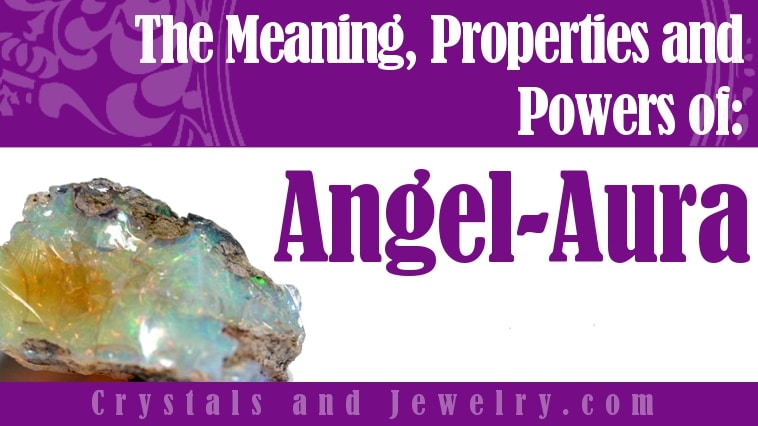


Northern Lights™ Quartz or Aurora Borealis Quartz: Coated quartz with multiple colors resembling Aurora Borealis (the Northern Lights), predominantly pink or purple and green Mystic Fire® Green Quartz: Coated quartz with predominantly green, blue, and pink or purple sheen Pearl Aura Quartz: Platinum-coated quartz with light pink iridescent sheenīlue Flame Aura Quartz: Titanium- and niobium-coated quartz with vibrant blue sheen Some varieties of mystic quartz with different appearances include: Azotic LLC produces quite a few different surface-enhanced stones, some called “mystic” and some with other names. What does a mystic stone look like? It depends on the mystic stone. We’ve mentioned rainbow-like iridescence, but that’s just one type of mystic quartz. Here are the mineral properties of mystic quartz:Ĭolor: Iridescence displays entire rainbow spectrum, usually blue, purple, and green shades dominant For example, most citrine is heat-treated amethyst, and almost every solid-colored black onyx has been dyed.īack to clear quartz, the stone usually forms as six-sided prism crystals with six-sided pyramids at the ends. However, many quartz and chalcedony stones are treated. Unlike mystic quartz, most of the varieties listed above get their color naturally from impurities present during their formation. Popular chalcedony (microcrystalline quartz) varieties are agate, jasper, carnelian, and onyx. Some macrocrystalline varieties you may know are rose quartz, amethyst, citrine, and smoky quartz. There are numerous types of quartz, both macrocrystalline like clear quartz (with distinguished, visible crystals) and microcrystalline like chalcedony (with compact, tiny crystals only visible under magnification.) Mystic quartz starts as clear quartz, a silicon dioxide mineral with the formula SiO2. Mystic Quartz Specifications & Characteristics Therefore, the stones are distinguished by the inherent differences between quartz and topaz. The difference is the base stone used - mystic quartz starts with natural clear quartz, while mystic topaz starts with natural, clear topaz. Mystic quartz and mystic topaz are both colorless, natural gems treated with a surface coating to result in a similar iridescent look. But what is the difference between mystic topaz and mystic quartz? Some of the names listed refer to slightly different varieties, which we’ll cover in a bit.Īnother name you’ll see pop up in discussion about mystic quartz is mystic topaz. You can also substitute it for the quartz stone amethyst as a February birthstone.Īdditional names for mystic quartz include: The gem is a zodiac stone for all signs and an April birthstone. Mystic quartz is a semi-precious gemstone that reflects a kaleidoscopic rainbow of colors. Interested in rocking a mystic quartz ring? Come along to learn all about mystic quartz’s properties, benefits, prices, and care guidelines to prepare before you buy! However, synthetic quartz stones can also be used. The base stone is usually a natural clear quartz, but the signature coloring comes from a lab-induced treatment. Similar gems are treated this way, like mystic topaz and recently mystic moissanite.īut what is a mystic gemstone? A “mystic gemstone” usually refers to a gem treated with an Azotic® or Mystic® process, both of which are trademarked by Azotic LLC. Mystic quartz is a radiant type of quartz gemstone treated with a surface coating to display an iridescent or kaleidoscopic rainbow of colors.


 0 kommentar(er)
0 kommentar(er)
